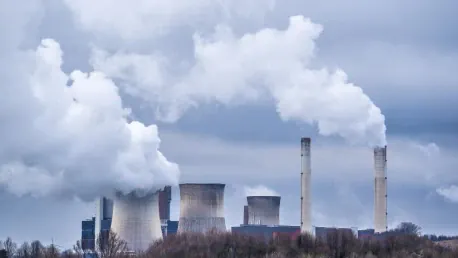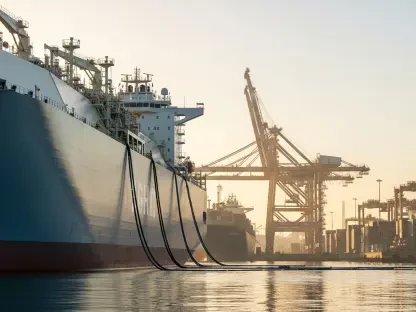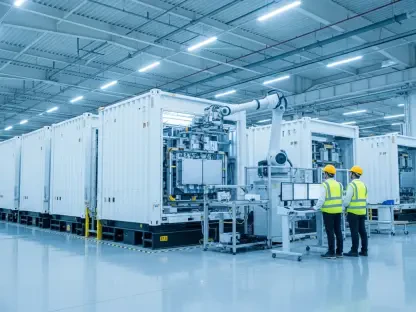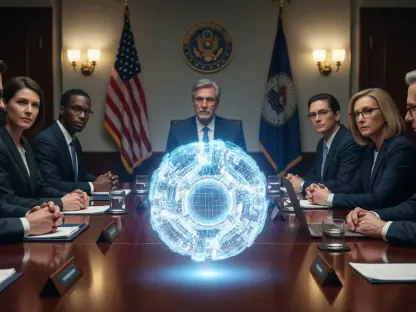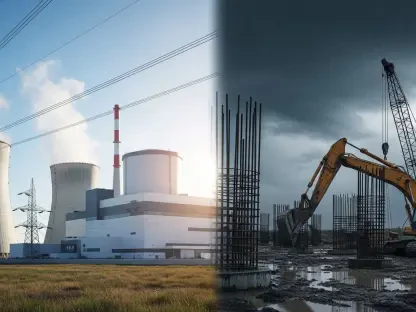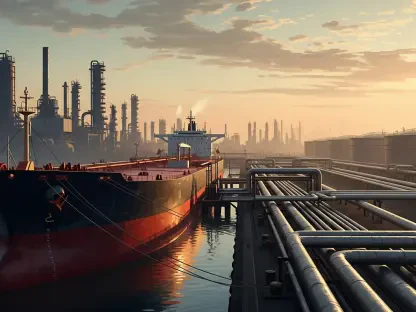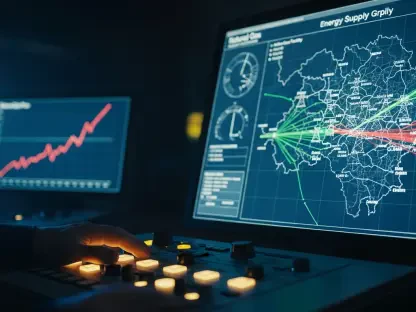The exploration of nuclear energy’s role in the global clean energy transition is becoming increasingly important amid current geopolitical tensions and the pressing need for reducing carbon emissions. The International Energy Agency (IEA) has identified nuclear power as one of the seven critical technologies that could dramatically contribute to achieving a secure and affordable shift toward cleaner energy sources. Along with solar photovoltaic (PV), wind energy, electric vehicles, heat pumps, hydrogen, and carbon capture technologies, nuclear power can significantly lower total CO2 emissions by 2050. Collectively, these technologies are expected to account for nearly three-quarters of emission reductions necessary to stabilize global temperatures, with bioenergy, geothermal power, and energy efficiency measures also playing key supporting roles. The emergence of these insights is particularly crucial in light of current geopolitical disruptions like the conflicts in the Middle East and Russia’s ongoing war in Ukraine, which have laid bare vulnerabilities in existing energy systems.
The Need for Robust Policies and Investments
As geopolitical instability persists, the IEA underscores the urgent necessity for robust policies and heightened investments to facilitate the global transition to cleaner, more secure energy solutions. Although the immediate impacts of the global energy crisis of the early 2020s have begun to wane, future disruptions remain a significant risk. The agency’s executive director, Fatih Birol, projects that the consumption of fossil fuels will peak before 2030 and subsequently decline as climate policies become more stringent and widespread. This forecast implies that continuous investments in fossil fuel projects could lead to long-term declines in market prices for oil and gas, as the global energy landscape adapts to new realities. Parallelly, the demand for clean electricity is expected to rise sharply, driven by policy settings that add energy consumption equivalent to Japan’s annual power use every single year.
Birol’s analysis paints a picture of a rapidly evolving energy market defined by persistent geopolitical risks and an increasingly abundant supply of various fuels and technologies. As countries strive to enhance their energy security and meet climate goals, the demand for cleaner, more reliable energy sources becomes more pronounced. These circumstances mandate coherent and comprehensive policies that can attract significant investment and drive technological advancements. The implementation of these measures is not merely a response to immediate crises but a strategic necessity for ensuring long-term stability in the global energy landscape.
The Resurgence of Nuclear Power
Recent projections indicate a potential resurgence in nuclear power, a technology that had taken a backseat in global energy discussions over the past few decades. Last year’s World Energy Outlook suggested that the global nuclear reactor capacity could exceed 900 gigawatts (GW) by 2050, more than doubling the existing 417 GW recorded in 2022. With nuclear generation anticipated to reach a new high in 2025, surpassing previous output records, the IEA forecasts a 1.6% global increase in nuclear energy production in 2024 and a more substantial 3.5% rise in 2025. These optimistic projections underscore the growing recognition of nuclear energy as an irreplaceable component of the global energy mix. The elevated status of nuclear energy comes at a time when the world is grappling with the twin challenges of energy security and climate change.
The potential increase in nuclear power generation could play a vital role in stabilizing energy supplies and curbing greenhouse gas emissions. By providing a reliable and large-scale source of low-carbon electricity, nuclear energy can complement intermittent renewable energy sources like solar and wind. Furthermore, advances in nuclear technology, including the development of small modular reactors (SMRs) and other innovations, hold the promise of safer, more efficient, and more scalable nuclear power solutions. These technological advancements could help address public concerns about the safety and environmental impact of nuclear energy, paving the way for broader acceptance and implementation.
Balancing Energy Sources for a Sustainable Future
The role of nuclear energy in the global clean energy transition is gaining attention, especially given today’s geopolitical tensions and the urgent need to cut carbon emissions. The International Energy Agency (IEA) has highlighted nuclear power as one of seven key technologies critical for a sustainable and affordable shift to cleaner energy. Alongside solar PV, wind energy, electric vehicles, heat pumps, hydrogen, and carbon capture, nuclear power has the potential to considerably reduce total CO2 emissions by 2050. These technologies are projected to contribute to nearly 75% of the emission reductions required to stabilize global temperatures. Supporting roles will be played by bioenergy, geothermal power, and energy efficiency measures. These insights are particularly vital against the backdrop of geopolitical disturbances, such as conflicts in the Middle East and Russia’s ongoing aggression in Ukraine, which have exposed the vulnerabilities in current energy systems. The need for a robust and reliable clean energy infrastructure has never been more apparent.
